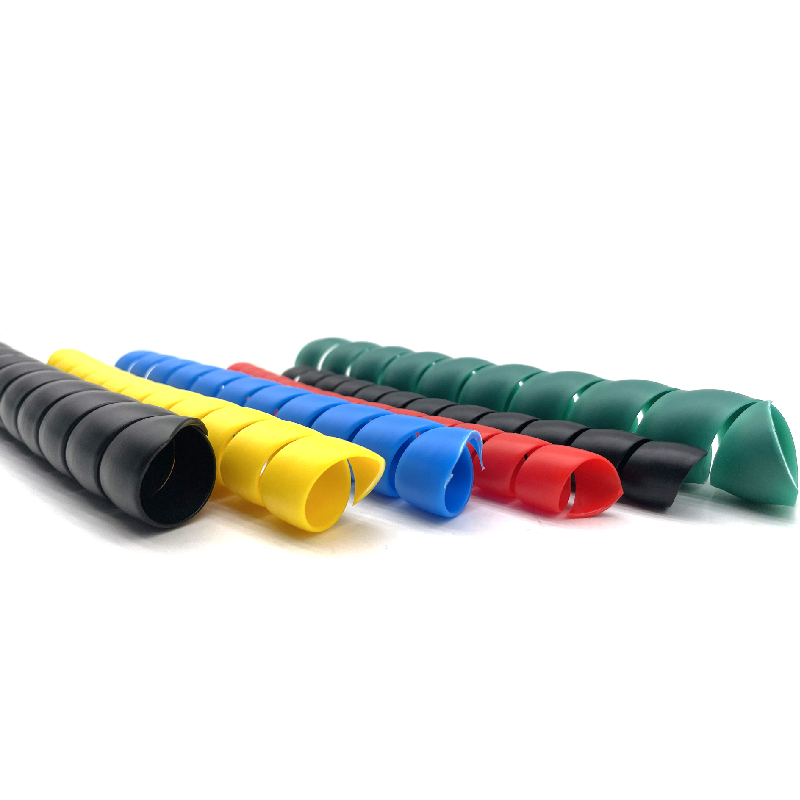Determining the Diameter of Power Steering Hoses for Optimal Performance
Understanding Power Steering Hose Diameter Importance and Specifications
Power steering systems are an integral part of modern vehicles, providing enhanced steering capability and driver comfort. One crucial component of this system is the power steering hose, which plays a vital role in transporting hydraulic fluid between the power steering pump and the steering gear. Among the various specifications of power steering hoses, the diameter is a critical factor that engineers and mechanics must consider for optimal performance and safety.
What is Power Steering Hose Diameter?
The power steering hose diameter refers to the internal diameter of the hose, which affects the flow of hydraulic fluid. A properly sized hose ensures that the right amount of fluid reaches the steering gear, allowing for smooth and responsive steering. The typical diameters for power steering hoses can vary based on the make and model of the vehicle but generally range between 5/16 inch (about 0.79 cm) to 3/8 inch (about 0.95 cm).
Why Does Diameter Matter?
1. Flow Rate The diameter of the power steering hose directly influences the flow rate of the hydraulic fluid. A larger diameter can facilitate a higher flow rate, allowing for quicker steering response. Conversely, a hose that is too small may restrict flow, leading to sluggish steering and increased effort required by the driver. This becomes particularly apparent during maneuvers such as parking or making tight turns.
power steering hose diameter

2. Pressure Resistance The diameter also affects the pressure within the hydraulic system. Power steering hoses are designed to withstand high pressures, often exceeding 1000 psi (pounds per square inch). If the hose diameter is not appropriately matched with the system’s requirements, it may fail under pressure, leading to leaks or complete system failure.
3. System Compatibility Different vehicles have unique specifications, which include the required diameter of the power steering hose. Using a hose with an incorrect diameter can lead to compatibility issues, thus necessitating the use of replacement hoses that are specifically designed for a particular vehicle model.
Choosing the Right Diameter
When replacing or installing a power steering hose, it is imperative to select the correct diameter. Vehicle manufacturers provide specifications, which can usually be found in the owner’s manual or service guide. Additionally, consulting with a qualified mechanic can help ensure that the right part is selected. Aftermarket options are available, but it is essential to choose reputable brands that adhere to industry standards for dimensions and pressure ratings.
Conclusion
In summary, the power steering hose diameter is a critical specification that impacts the overall performance of a vehicle's steering system. Ensuring the right diameter can enhance fluid flow, maintain appropriate pressure levels, and ensure compatibility with the vehicle's hydraulic system. Whether maintaining an older vehicle or purchasing a new one, understanding the significance of power steering hose diameter can save drivers from potential headaches stemming from steering issues. Properly maintaining the power steering system, including the hoses, is key to achieving a safe and enjoyable driving experience.
-
Ultimate Spiral Protection for Hoses & CablesNewsJun.26,2025
-
The Ultimate Quick-Connect Solutions for Every NeedNewsJun.26,2025
-
SAE J1401 Brake Hose: Reliable Choice for Safe BrakingNewsJun.26,2025
-
Reliable J2064 A/C Hoses for Real-World Cooling NeedsNewsJun.26,2025
-
Heavy-Duty Sewer Jetting Hoses Built to LastNewsJun.26,2025
-
Fix Power Steering Tube Leaks Fast – Durable & Affordable SolutionNewsJun.26,2025

